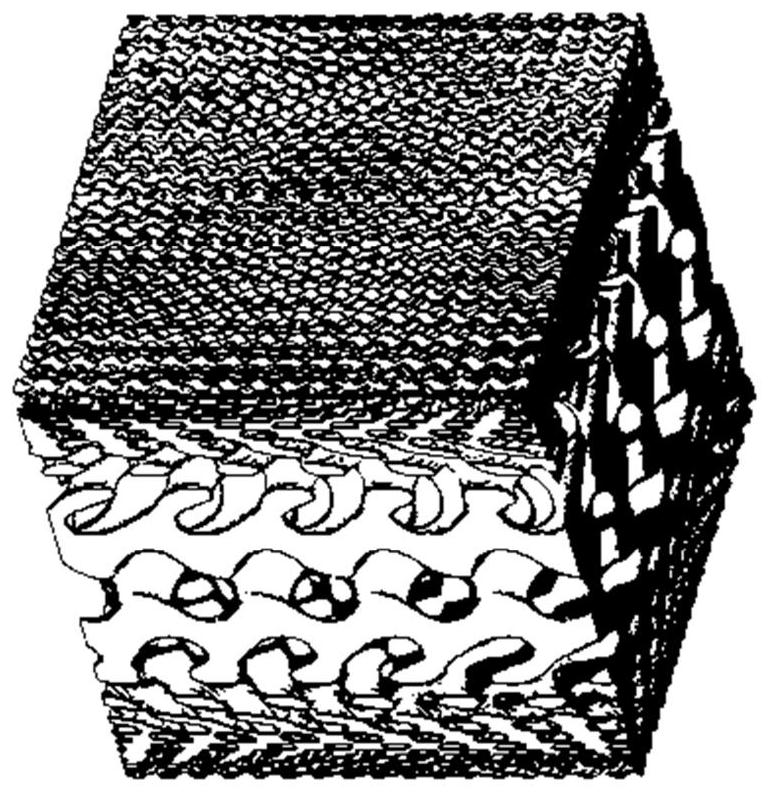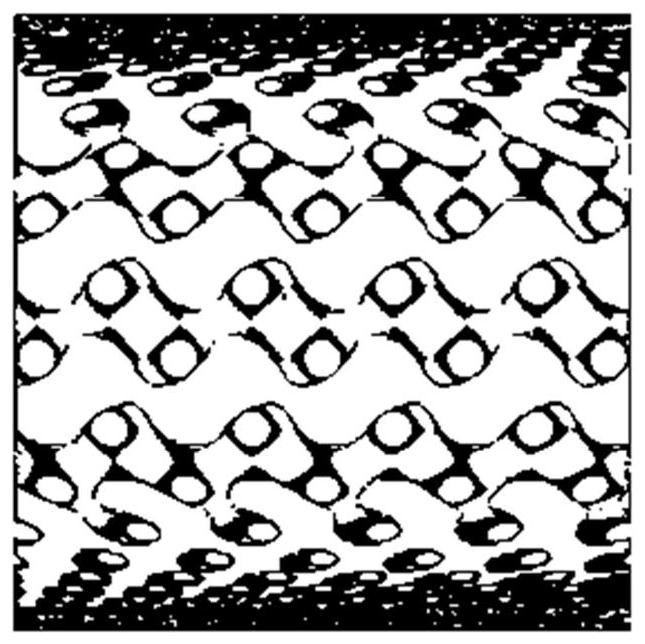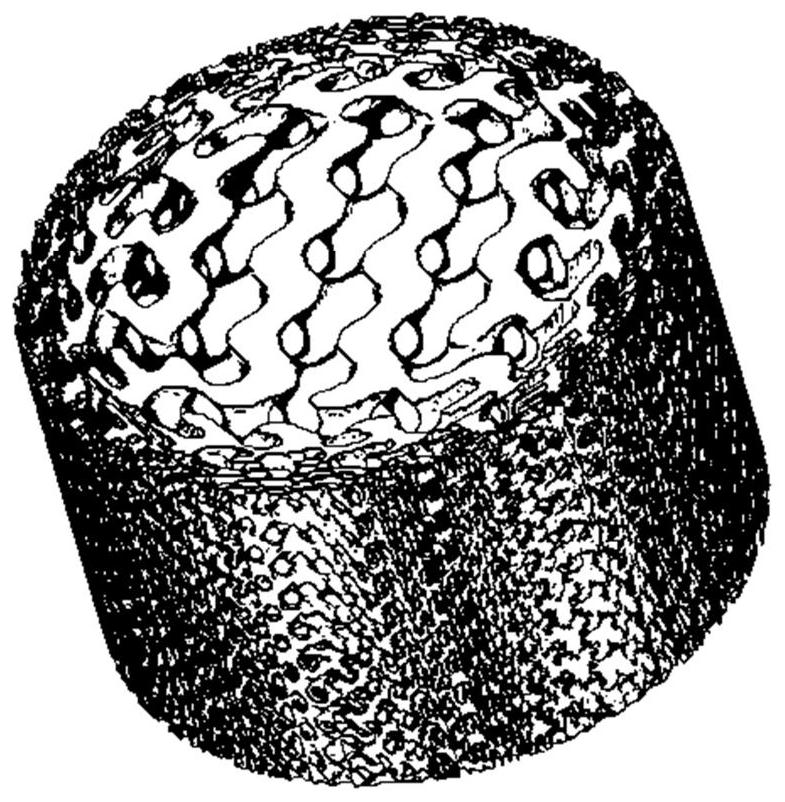A Bone Tissue Gradient Scaffold with Adjustable Degradation Speed and Its Forming Method Based on 3D Printing
A degradation speed, 3D printing technology, applied in tissue regeneration, bone implants, improvement of process efficiency, etc., to achieve the effect of avoiding stress shielding, accelerating the degradation rate, and increasing the surface area of the scaffold
- Summary
- Abstract
- Description
- Claims
- Application Information
AI Technical Summary
Problems solved by technology
Method used
Image
Examples
Embodiment Construction
[0027] Reference will now be made in detail to the exemplary embodiments, examples of which are illustrated in the accompanying drawings. In the following descriptions and drawings, unless otherwise indicated, the same numerals in different drawings indicate the same or similar elements. The implementations described in the following exemplary embodiments do not represent all implementations consistent with this application. Rather, they are merely examples of arrangements consistent with aspects of the application as recited in the appended claims. Each embodiment in this specification is described in a progressive manner.
[0028] It should be noted that all directional indications (such as up, down, left, right, front, back...) in the embodiments of the present application are only used to explain the relationship between the components in a certain posture (as shown in the drawings). Relative positional relationship, movement conditions, etc., if the specific posture cha...
PUM
| Property | Measurement | Unit |
|---|---|---|
| diameter | aaaaa | aaaaa |
| diameter | aaaaa | aaaaa |
| diameter | aaaaa | aaaaa |
Abstract
Description
Claims
Application Information
 Login to View More
Login to View More - R&D
- Intellectual Property
- Life Sciences
- Materials
- Tech Scout
- Unparalleled Data Quality
- Higher Quality Content
- 60% Fewer Hallucinations
Browse by: Latest US Patents, China's latest patents, Technical Efficacy Thesaurus, Application Domain, Technology Topic, Popular Technical Reports.
© 2025 PatSnap. All rights reserved.Legal|Privacy policy|Modern Slavery Act Transparency Statement|Sitemap|About US| Contact US: help@patsnap.com



